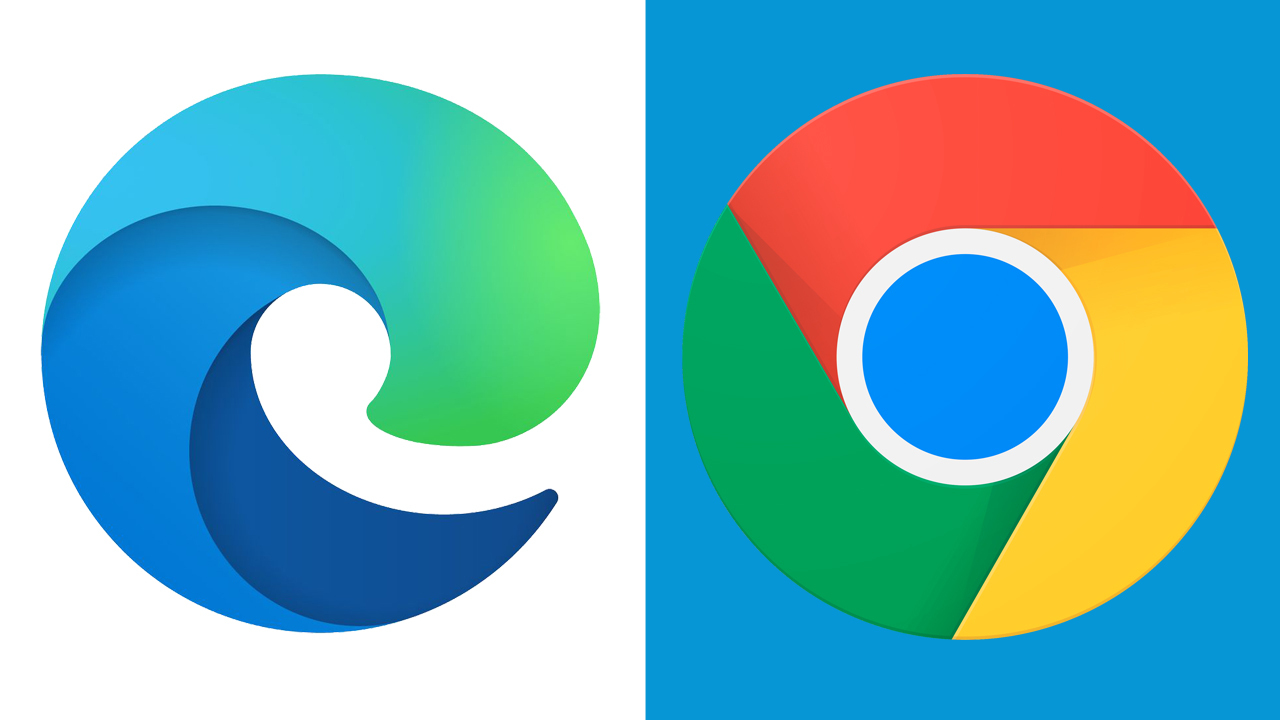Another week has rolled by which means plenty of changes when it comes to some of the biggest and best web browsers out there. There are some small yet significant changes afoot when it comes to Google Chrome, Microsoft Edge and the iOS 15 version of Safari, with the respective companies keen to grab your attention and browser time.
Google is initiating a relatively subtle change to its Chrome browser, updating the wording of the introductory text that appears on new Incognito tabs. By doing so, it makes it clear that you're not entirely invisible online. With a clear layout including a pair of bulleted lists that break down exactly what Incognito mode means for the user, Google is hopeful it's more transparent about the mode's capabilities. Effectively, it's a reminder that Incognito mode doesn't save your search history locally but it's not a VPN. Your browsing history can still be traced and your ISP can still monitor traffic. If that's an issue for you, you'll need one of the best VPN services to keep you truly anonymous online but many users will be fine to use Incognito for basic private browsing.
Elsewhere, Microsoft Edge is offering a longer 8-week release cycle specifically aimed at making life a bit easier for IT admins or those who simply don't want to keep having to update. Basically, this is the risk-adverse option with the release of version 94 of Microsoft Edge commencing the Extended Stable release cycle for those users keen to be a bit more cautious and wait for more stable releases. It's not the most exciting of changes and we suspect many power users will still embrace the four week option but it could be useful if you're cautious about updating too frequently.
Heading out on Safari?
Finally, it's all change for Safari if you're using the iOS 15 beta. There's been a lot of complaints and general muttering about how iOS 15's Safari has placed the URL bar on the bottom of the screen, smashing all the tools in there awkwardly. The latest iOS 15 beta release has changed that slightly, allowing you to reset the web address bar to the top if you so choose.
If you haven't participated in the developer beta (and we don't expect you to have), you won't see this on any of the best smartphones just yet but it's good to see Apple respond to criticism surrounding the placement of the URL bar. We've tried it ourselves and it works but it takes some getting used to. The ability to switch between the top or bottom seems like the best of both worlds when iOS 15 comes to fruition.
Expect plenty more changes in the web browser world in the near future.

